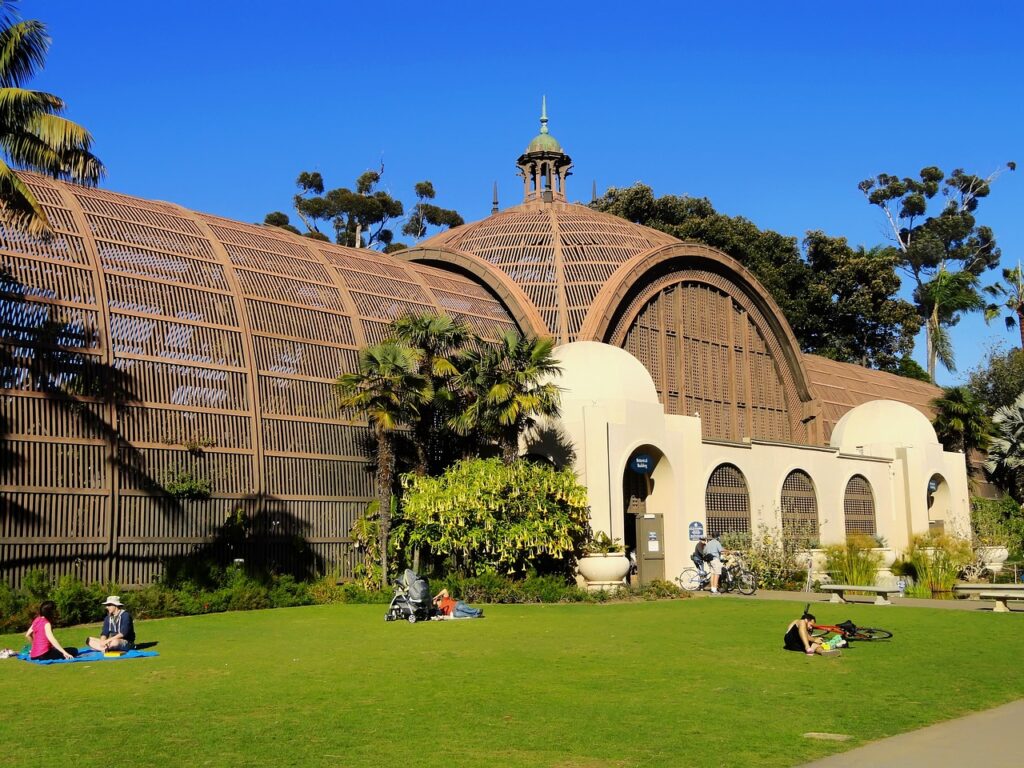Cities around the country are flaunting their commitment to “green” initiatives, reinvestments in eco-friendly transportation and goals to transform renewable energy reliance. But how many of them are really leading the pack?
To calculate just how much these are committed to sustainable policies, WalletHub’s “Greenest Cities in America” considers a number of factors related to a city’s sustainability commitment.
The report compared 100 of the most populated cities in four key dimensions: environment, transportation, energy sources, and lifestyle/policy. Relevant metrics included air quality, greenhouse gas emissions per capita, miles of bicycle lanes, share of electricity from renewable sources, community garden plots per capita and presence of plastic bag bans.
Each metric was weighted on a 100-point scale with a score of 100 corresponding with the most “green” practices.
Here are the top five greenest cities in America:
San Diego, California

This hub of Southern California has been crowned the greenest city in America. Sustainable programs including commitments to 100% renewable energy and a six-step climate action plan boost the second-largest Californian city as a climate leader.
The 2022 Climate Action Plan aims to phase out natural gas usage from existing buildings, increase walking and bicycling for all San Diegans, achieve a 90% waste diversion rate and reach 35% urban canopy coverage by 2035.
San Diego is lauded as one of the most biologically diverse metropolitan areas in the country and a longtime hub for environmental justice. Chicano activists since the 1970s and 80s have led the calls for reducing air contamination and improving active transportation in San Diego.
Honolulu, Hawaii

Susceptible to rising sea levels and deforestation, the capital of Hawaii has taken major steps to reinvest into sustainable policies and practices.
Since the Office of Climate Change, Sustainability and Resilience was chartered in 2016, Honolulu has taken a number of steps to ensure it meets sustainability metrics. By 2025, the city aims to rely 100% on renewable energy and become carbon neutral, according to Business Insider. The Oahu Resilience Strategy is also committed to issues regarding affordability and how climate crises are driving islanders from Hawaii. The city enacted a bill to cut costs for residential clean energy products, including solar panels and electric vehicle charging.
Portland, Oregon

When thinking of “green cities,” Portland probably comes to mind. Ranking No. 1 in WalletHub’s “lifestyle and policy” metric scoring, Portland’s sprawling mountains and hiking trails attract the more active, sustainability-focused crowd. The city promotes more than just an active lifestyle — Portland’s commitment to green policies stretches back for decades.
Since 1966, a law known as the “Beach Bill” has kept Oregon’s coastline protected from private development and legislation in the 1970s focused on environmentally conscious developments and land use regulations.
Portland has over 400 miles of bikeways, ranks among one of the highest in renewable energy usage, and is committed to being 100% dependent on renewable energy by 2050.
Washington, D.C.

Transportation sustainability is the nation’s capital strong suit. The WMATA will transition to zero emission buses in its fleet by 2042 and has one of the largest bike share systems in the country. D.C. has the second highest individual passenger trips per capita with 100 million, second only to New York City.
As of 2024, WMATA ridership returned to 83% of pre-pandemic levels and leads one of the fastest transit recoveries for large cities across the country.
Seattle, Washington

Seattle brings to mind lush forests, budding cherry blossoms and mountainous bike and hiking trails. Green space as a brand makes sense — Seattle ranked in the top 20 cities around the world for greatest canopy coverage based on a report from the World Economic Forum. According to the Seattle Parks Foundation, 97% of Seattle residents live within a 10-minute walk from a park or public space.
The city is committed to reducing its carbon footprint and currently delivers 80% of power distributed from carbon-free hydroelectric power. Under state of Washington’s regulation, coal energy will be banned after 2025 with the goal to be entirely carbon free by 2045.
